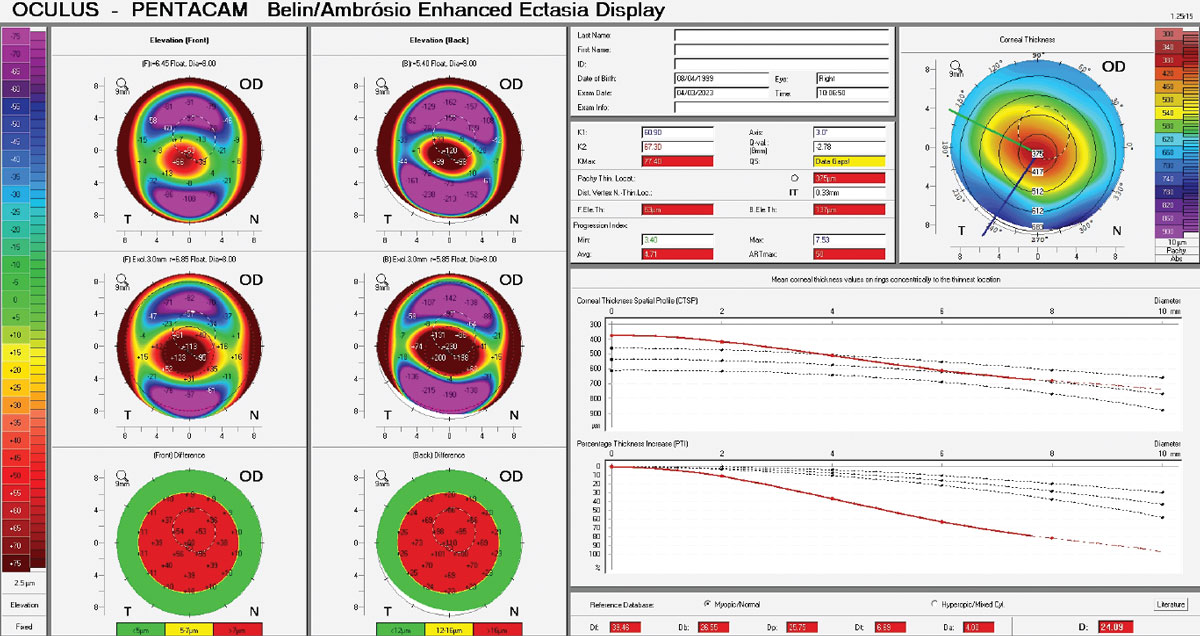 |
| Low humidity may exacerbate or increase risk of keratoconus, but future research is needed to confirm its role and understand the mechanism. Photo: Christine Sindt, OD. Click image to enlarge. |
The progressive changes wrought by keratoconus, if left unchecked, can be devastating, leading to distorted vision and visual impairment. With such serious consequences in the offing, researchers are curious about what factors may affect its development. However, the reported prevalence of keratoconus varies widely by populations, from extremely low numbers like 0.0002% in the Urals in Russia to rates as high as the 4.79% prevalence seen in Saudi adolescents in Riyadh.
Clearly, there is a genetic component at work, given the wide variance by ethnicity. However, researchers are also looking to many other facets of life that may be contributing to keratoconus rates. At ARVO last week, one group of researchers presented their results detailing climate-related variables and their relation to the condition. The group systematically reviewed studies about keratoconus prevalence and incidence in the general population. Climate datasets like the ERA5 as well as its derivatives were used to find data for each studied region. The climate exposure period consisted of the 10 years preceding data collection for each prevalence study. Averages of relative humidity, wind speed, ultraviolet radiation and maximum daily temperature were calculated over this period.
Included were 18 total systematic reviews reporting prevalence of keratoconus across different geographical locations. Eight of these included data from 58 different areas and were deemed to have comparable prevalence estimates. Using simple linear regression to estimate potential impact of these climate variables, maximum daily temperature was excluded. In the multiple regression model, only humidity and keratoconus prevalence yielded a negative association; maximum daily temperature, wind speed and ultraviolet radiation did not display significant associations with prevalence of the condition.
The authors subsequently pose that “low humidity might therefore be an unexplored risk factor for keratoconus,” they noted in their ARVO abstract. “Further research is needed to investigate the importance of humidity for the cornea and to assess whether humidification might have preventive and therapeutic applications.”
Original abstract content ©2024 Association for Research in Vision and Ophthalmology.
Shabani H, De Ridder J, Asaad A, et al. Worldwide analysis of climate-related determinants of keratoconus. ARVO 2024 annual meeting. |


